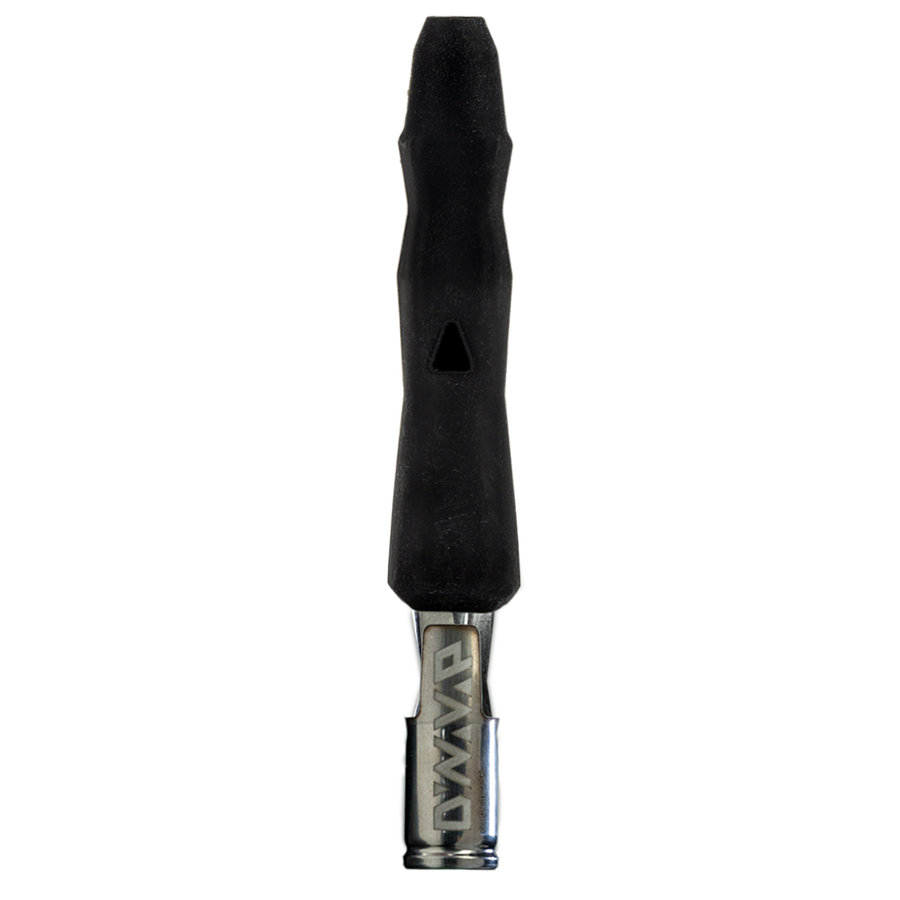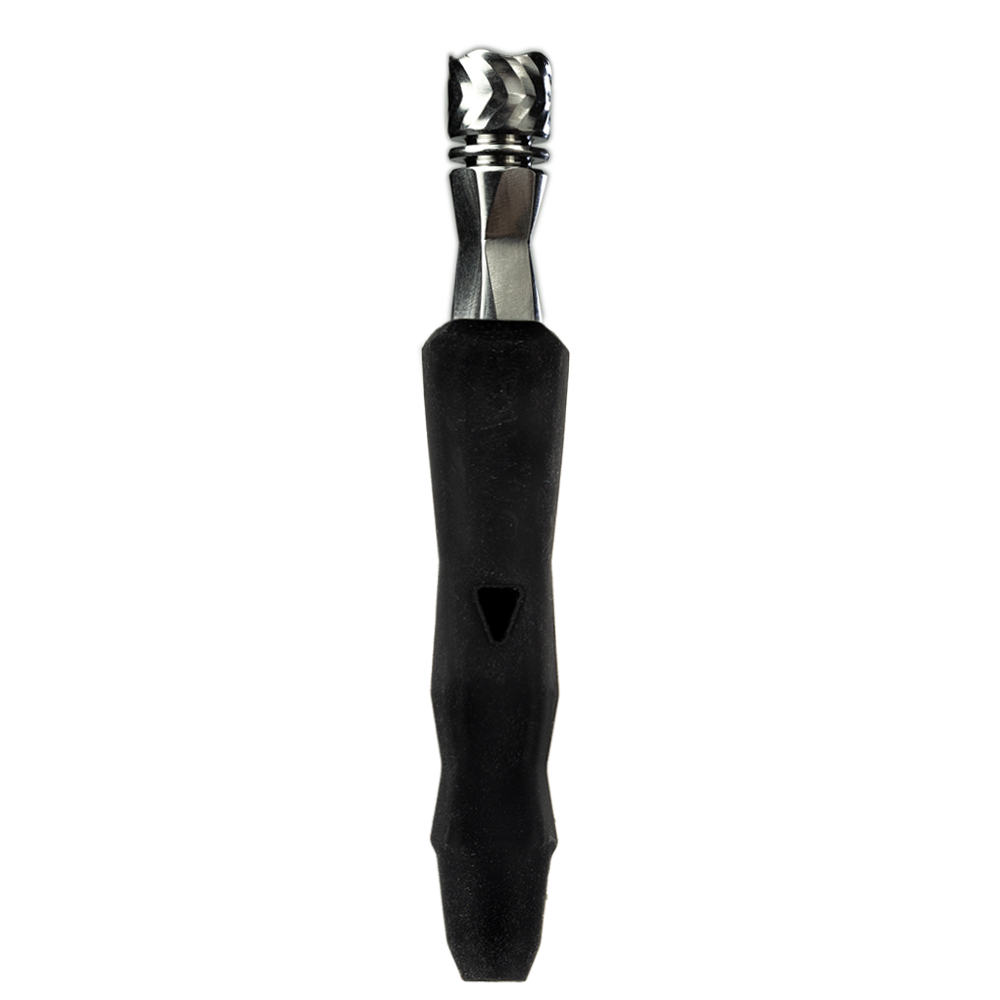How to Make a Ceramic Pipe: A Step-by-Step Guide

Ever felt the need to craft something with your own hands? Many weed smokers find joy in not just using a ceramic pipe, but also making one themselves. It's a way to connect more deeply with the ritual of smoking.
Our guide is here to show you that anyone can transform clay into a functional piece of art.
One cool thing you'll learn today is how simple it can be to make your very own ceramic pipe at home, even without fancy tools or a kiln. This article will walk you through every step, from shaping your clay to adding personalized touches.
It’s all about unleashing your creativity and enjoying the process.
Ready for some fun?
Key Takeaways
- Choose white earthenware clay for your ceramic pipe because it shapes easily and can handle heat without a kiln.
- Use simple tools like a rolling pin, cutting tool, and circular template to mold and design your pipe’s shape.
- Keep the clay moist with water during shaping to prevent cracks and ensure a smooth finish.
- Adding glaze is optional but can give your pipe a unique look with a glossy or matte finish.
- Firing in a kiln makes the pipe durable and ready to use, although this step requires additional time.
Materials and Tools Needed
To make a ceramic pipe, you'll need clay, a rolling pin, a cutting tool, a circular template or cookie cutter, water, and glaze for optional finishing touches.
Clay
Choosing the right type of clay is a crucial step in crafting your handmade ceramic pipe. White earthenware clay stands out for its ease of shaping and ability to be used without a kiln, making it an excellent choice for DIY pipe making at home.
This kind of clay allows you to unleash your creativity while ensuring that your finished product can withstand the necessary heat.
Molding your pipe begins with transforming a lump of this versatile material into your desired shape. Whether you're aiming for simplicity or intricate designs, working with earthenware clay provides a forgiving medium that caters to both beginners and seasoned crafters alike.
As you shape and mold, keep in mind the unique style you want to achieve - from sleek and modern to rustic or personalized with decorative details.
Rolling pin
Once the clay is prepared, grab a rolling pin and roll out the clay to your desired thickness. Then, use a circular template or cookie cutter to cut out the shape of your pipe. Keep in mind that you can personalize the design of your ceramic pipe by adding decorative details at this stage if you choose to do so.
After cutting out your pipe shape from the rolled-out clay, carefully begin shaping it into the desired form with gentle pressure and attention to detail. Remember, you're crafting a custom piece that reflects your unique style and preferences - have fun and let your creativity shine through as you mold and shape your handmade ceramic marijuana smoking pipe.
Cutting tool
The cutting tool is an essential part of making a ceramic pipe. It will be used to carefully cut the clay into the desired shape for both the bowl and stem of the pipe. By using gentle pressure, you can achieve clean and precise cuts without compromising the integrity of your creation.
This step sets the foundation for shaping your ceramic pipe exactly as you envision it, ensuring that each detail reflects your personal style.
Creating a ceramic pipe involves using basic tools such as a cutting tool to bring your vision to life. Keep in mind that these simple steps do not require professional equipment, allowing you to craft a unique piece with ease.
Circular template or cookie cutter
To shape the clay for your ceramic pipe, you can use a circular template or a cookie cutter to create uniform and precise shapes. Place the template or cutter on the rolled-out clay and press down firmly to cut out circles.
This ensures that each piece of clay is consistently shaped, making it easier to assemble and ensuring a more professional finish. After cutting out the shapes, continue with the next steps in crafting your unique ceramic pipe.
Water
To mold the clay, use water to keep it moist and pliable. It helps maintain the right consistency for shaping and detailing without drying out too quickly. Additionally, you can use water to smooth out any imperfections on the surface of your pipe, ensuring a clean and polished finish.
Once you've completed the initial shaping and design of your ceramic pipe, carefully add small amounts of water to create a smooth texture before firing. This will help prevent cracks during the drying process and ensure that your finished product is both durable and aesthetically pleasing.
Glaze (optional)
Glazing your ceramic pipe is an optional step that adds a glossy finish to the surface. You can use various colored glazes to personalize and enhance the appearance of your handmade pipe, giving it a unique touch.
After shaping and firing your ceramic pipe, you can carefully apply the glaze using a paintbrush or by dipping your pipe into the glaze liquid. Once applied, the glazed pipe will undergo a final firing process in the kiln to seal in the color and achieve a beautiful shine.
If you're looking to add both aesthetic appeal and durability to your ceramic creation, consider experimenting with different types of glazes such as transparent, matte, or shiny finishes.
Step-by-Step Guide to Making a Ceramic Pipe
Prepare the clay by kneading it until smooth and pliable. Shape the pipe by rolling out the clay to form a long, cylindrical shape. Create the bowl by indenting one end of the cylinder and shaping it into a bowl using your fingers.
Add decorative details if desired and allow the pipe to dry before firing it in a kiln or oven.
Preparing the Clay
To prepare the clay, start by kneading it to remove any air bubbles and make it pliable. Then, roll the clay into a cylinder shape using a rolling pin until it's about 4-5 inches long.
After that, flatten one end of the cylinder to form the base of the pipe and use your fingers to gently mold and shape the rest of the clay into a pipe-like structure, making sure to keep the walls even all around.
Lastly, create an opening for the bowl at one end by using a cutting tool or circular template.
Shaping the Pipe
After preparing the clay, start by shaping it into a long tube, about 4-6 inches in length. Then, gently pinch and mold the clay to form the shape of your pipe. Make sure to create one end slightly wider for the bowl and narrow down the other end for the mouthpiece.
Use gentle pressure to shape the clay evenly, ensuring it's smooth and free from any cracks or bumps.
To give your ceramic pipe some character and style, add decorative details using basic tools like wooden skewers or small carving tools. This step allows you to personalize your pipe with unique patterns or textures that reflect your individual taste.
Creating the Bowl
To create the bowl of your ceramic pipe, start by shaping a clay ball into a 2.5 cm diameter circle, then carve out the center to form the bowl. Focus on achieving a smooth and even surface that fits your preferences.
Be sure to keep the clay moist throughout this process to prevent cracking as you shape it. Your creativity can shine through in designing a unique bowl shape for your homemade ceramic pipe.
Moving on from creating the bowl, let's delve into how to add decorative details or proceed with firing and glazing (optional) for your ceramic pipe crafting.
Adding Decorative Details (optional)
After shaping the pipe and creating the bowl, you have the option to add decorative details to your ceramic masterpiece. You can unleash your creativity by using tools like carving knives or stamps to create unique designs on the surface of your pipe.
Whether it's simple patterns, intricate carvings, or personalized symbols, adding these decorative touches can make your ceramic pipe reflect your individual style and preferences.
Once you've added all the decorative details you desire, allow the clay to dry completely before firing it in a kiln. If you choose to glaze your pipe for a polished finish, follow the same steps as mentioned in "Firing and Glazing (optional)" from our step-by-step guide.
Firing and Glazing (optional)
After adding decorative details to your ceramic pipe, you may choose to fire and glaze it. Firing the pipe will make it durable and ready for use, while glazing can add a beautiful finish and create a smooth surface for an enjoyable smoking experience.
If you decide to glaze your pipe, be sure to select a lead-free glaze suitable for pottery or ceramics. Take into account that firing and glazing require additional time and patience but will result in a polished final product that reflects your creative vision.
Once your ceramic pipe has been fired at the appropriate temperature according to the clay type used, carefully apply the chosen glaze using brushes or dipping methods. Allow sufficient time for drying before firing again to set the glaze – this step is crucial in achieving a shiny, professional appearance for your handmade ceramic pipe.
Tips for Success
To succeed in making a ceramic pipe, keep the clay moist and use gentle pressure. Be creative and have fun during the crafting process.
Keep Clay Moist
To keep the clay moist, regularly mist it with water using a spray bottle or cover it with a damp cloth. This prevents the clay from drying out and becoming difficult to work with.
Keeping the clay moist ensures that it remains pliable and easy to mold into your desired pipe shape.
Consider using a plastic bag or plastic wrap to cover your work when you take breaks – this helps retain moisture in the clay. Avoid over-wetting the clay, as excessive moisture can cause it to become too soft and lose its form.
Use Gentle Pressure
When shaping the clay for your ceramic pipe, using gentle pressure will help you form smooth and even surfaces. By applying light and consistent force, you can avoid distorting the shape of the pipe and create a finished product that is both functional and visually appealing.
As you press on the clay, be mindful not to exert excessive force, as this could cause cracks or uneven thickness. Instead, take your time and use a delicate touch to achieve the desired shape without compromising the integrity of the material.
Remember that when working with clay, it's important to handle it with care to prevent any mishaps or imperfections in your final piece. Gentle pressure allows for precise manipulation of the clay, ensuring that every detail of your ceramic pipe turns out just right.
Have Fun and be Creative
Unleash your creativity and design a ceramic pipe that reflects your unique style. Experiment with different shapes, sizes, and decorative details to personalize your piece. Whether it's adding intricate patterns or sculpting unique forms, let your imagination run wild as you craft your very own handmade ceramic smoking pipe.
Express yourself through the art of pottery and enjoy the process of creating something truly one-of-a-kind.
As you embark on this creative journey, remember that there are endless possibilities for designing and making a ceramic pipe that suits your preferences. Dive into the world of pottery crafting with enthusiasm and an open mind as you explore various techniques to bring your vision to life.
Conclusion
Crafting a ceramic pipe at home is an exciting and creative endeavor. Follow the step-by-step guide to transform clay into a functional and personalized smoking accessory. Whether it’s shaping the bowl or adding decorative details, this DIY project allows you to express your unique style.
With just a few basic materials and tools, you can embark on this rewarding pottery journey right in your own home.
FAQs
1. What do I need to start making a ceramic pipe?
To begin crafting a DIY ceramic pipe, you'll need materials like earthenware or polymer clay, tools for shaping and molding, and techniques for designing your pipe.
2. Can I make a clay pipe without using a kiln?
Yes, it's possible to create a clay pipe without a kiln by using air-dry clays or polymer clays that can cure at home in your oven.
3. How do I shape the clay into a pipe?
Start by rolling your clay into the desired thickness, then use pottery tools to carve out the bowl and stem shapes. Carefully join these parts together to form your handmade ceramic pipes.
4. What are some design techniques for my ceramic pipe?
Explore various ceramic pipe design techniques like carving patterns, adding textures with stamps or tools, and applying glazes or paints for color once the piece is bone dry but before firing if you're using a kiln.
5. Is making my own ceramic bong similar to crafting a regular ceramic pipe?
Yes! The process of creating a DIY ceramic bong involves similar steps: selecting your clay type, shaping it into the bong structure, adding designs or embellishments, and then drying and curing as needed based on the material used.


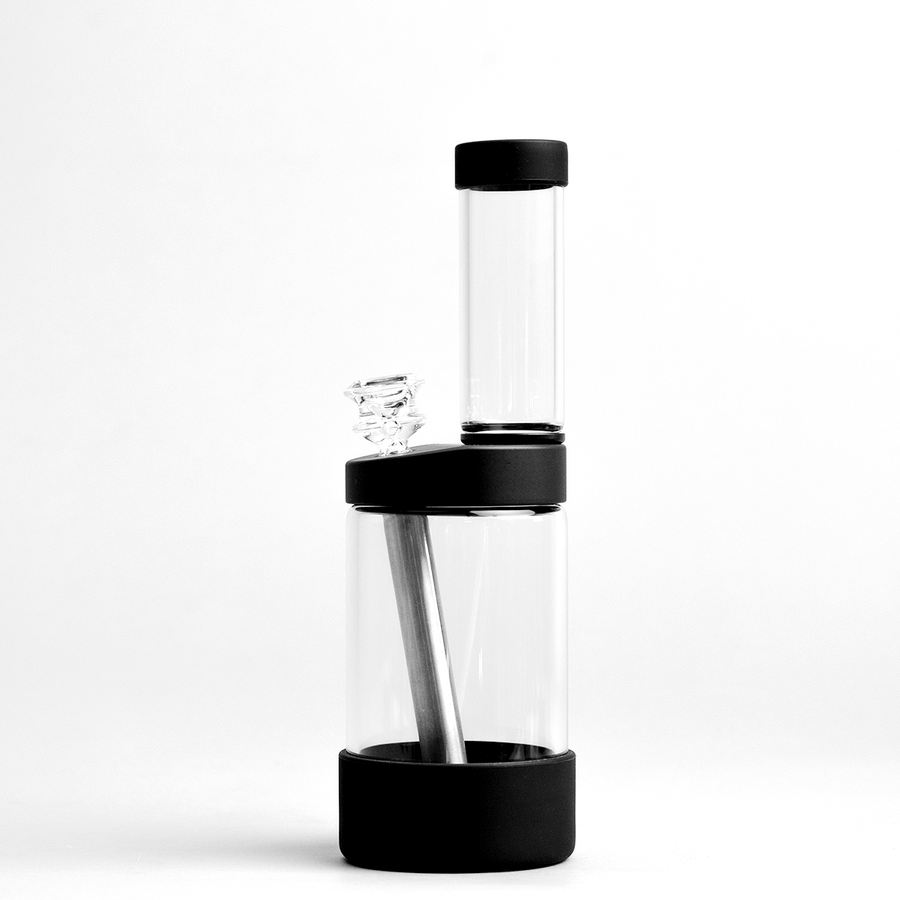
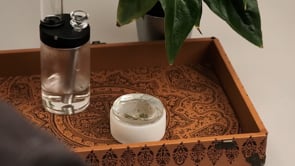






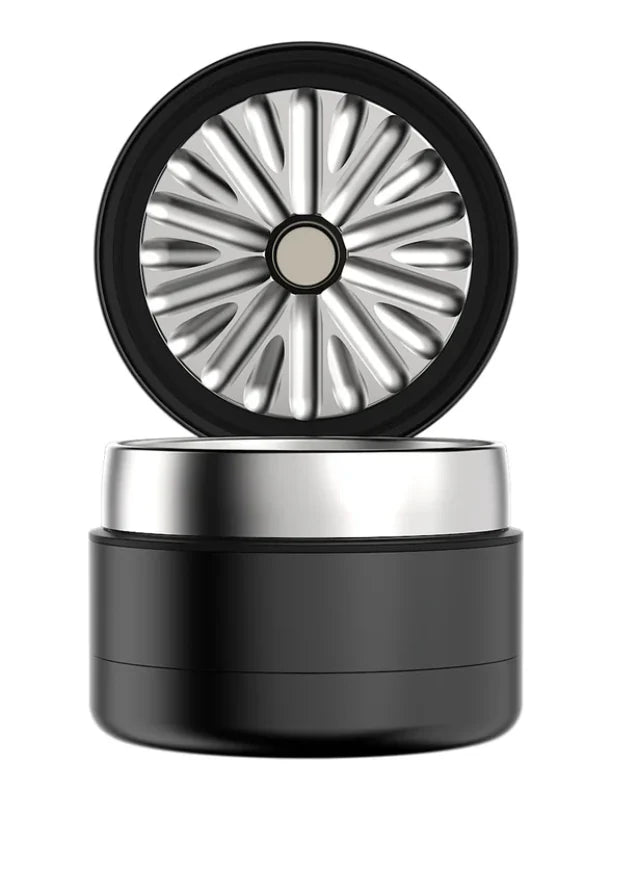
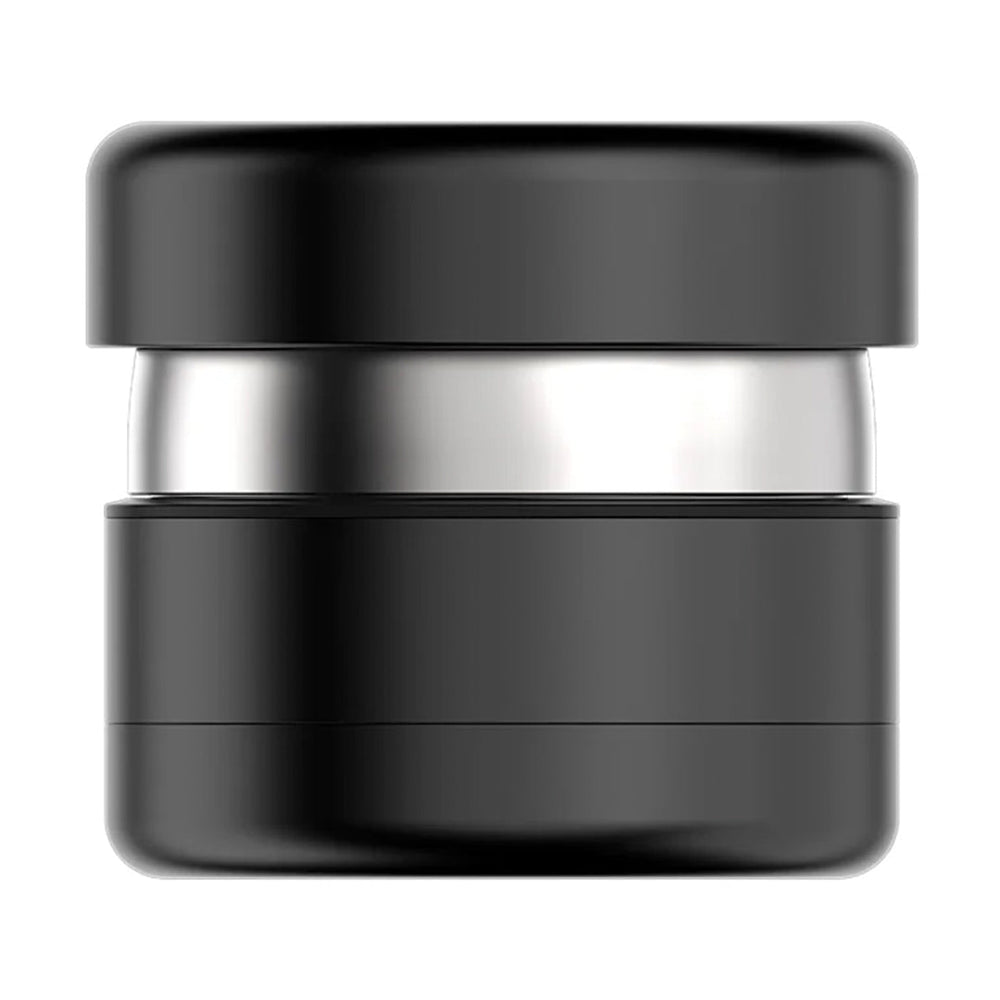


![Vessel - Air [Jade] Vessel - Air [Jade]](http://www.headshop.com/cdn/shop/products/7cd436a1-b1f0-4e01-9e52-050ad7140b56.png?v=1679506090&width=600)
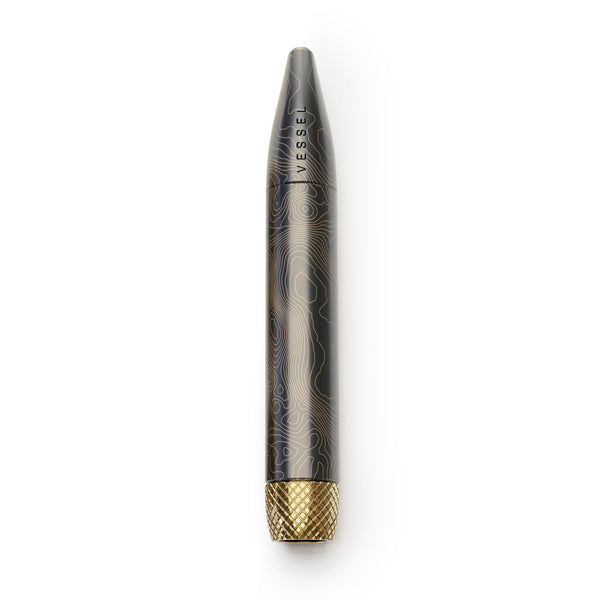
![Vessel - Cone [Onyx] Vessel - Cone [Onyx]](http://www.headshop.com/cdn/shop/products/6f51074a-2173-4ab4-876d-22a84764eb5d.png?v=1679517316&width=600)
![Pipe by Vessel [Rose Gold] Pipe by Vessel [Rose Gold]](http://www.headshop.com/cdn/shop/files/Pipe_Rose_Gold_Closed.jpg?v=1744306576&width=600)
![Vessel - Mill [Beechwood] Vessel - Mill [Beechwood]](http://www.headshop.com/cdn/shop/files/MILL_GUNMETAL_BEECH_COLLAPSED_FRONT_800.jpg?v=1744308513&width=600)
![Pipe by Vessel [Gunmetal] - Headshop.com](http://www.headshop.com/cdn/shop/files/Pipe_Gunmetal_Angle.jpg?v=1744306453&width=900)
![Pipe by Vessel [Gunmetal] - Headshop.com](http://www.headshop.com/cdn/shop/files/Pipe_Gunmetal_Closed.jpg?v=1744306456&width=1000)




